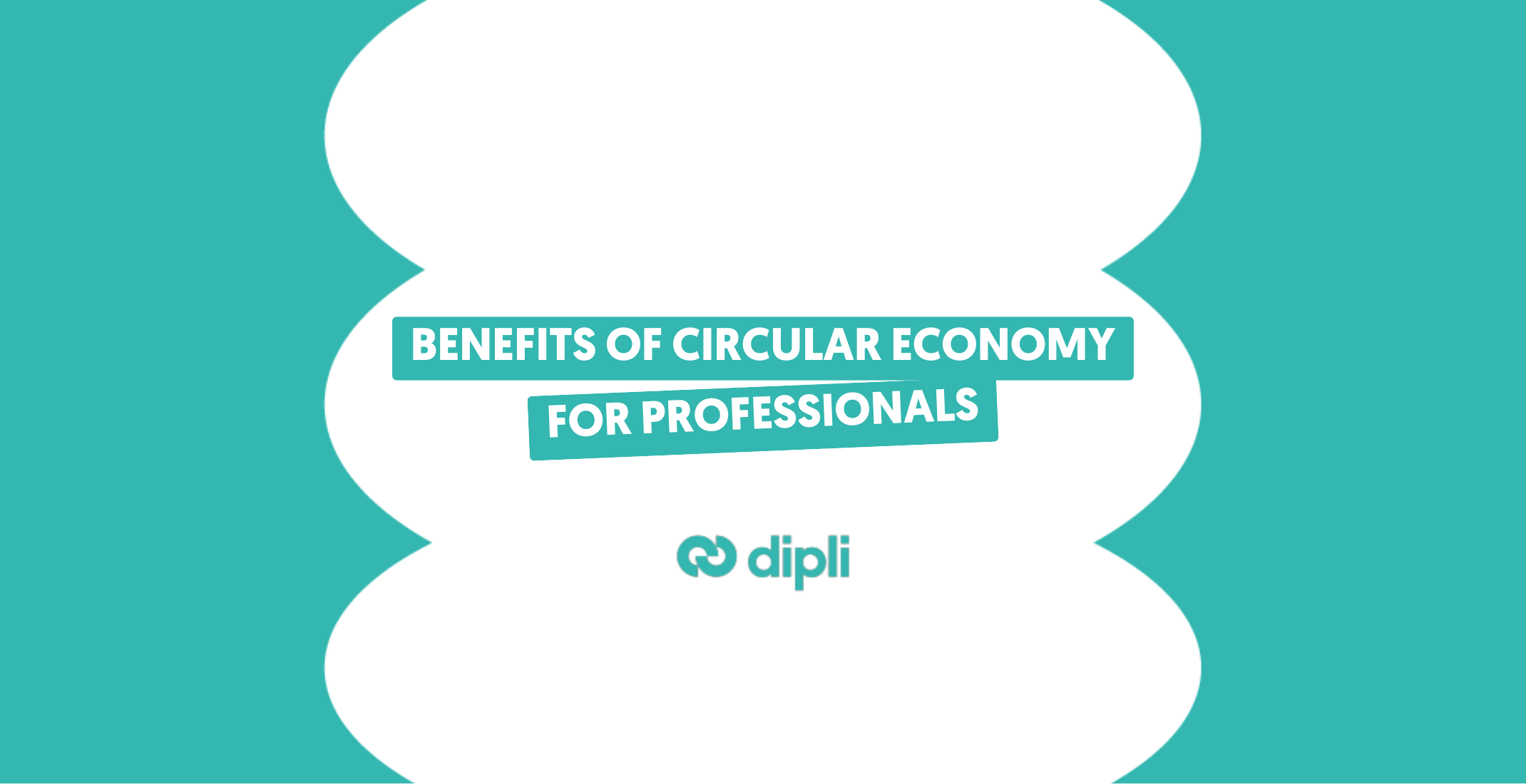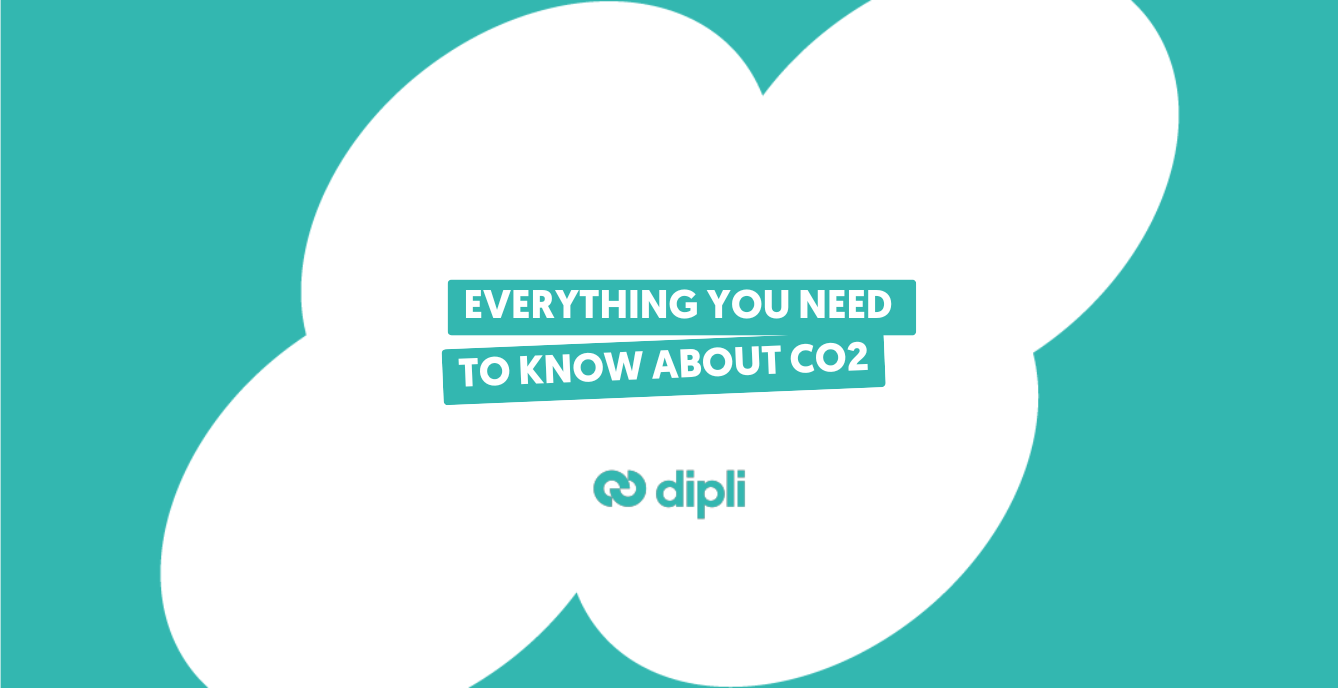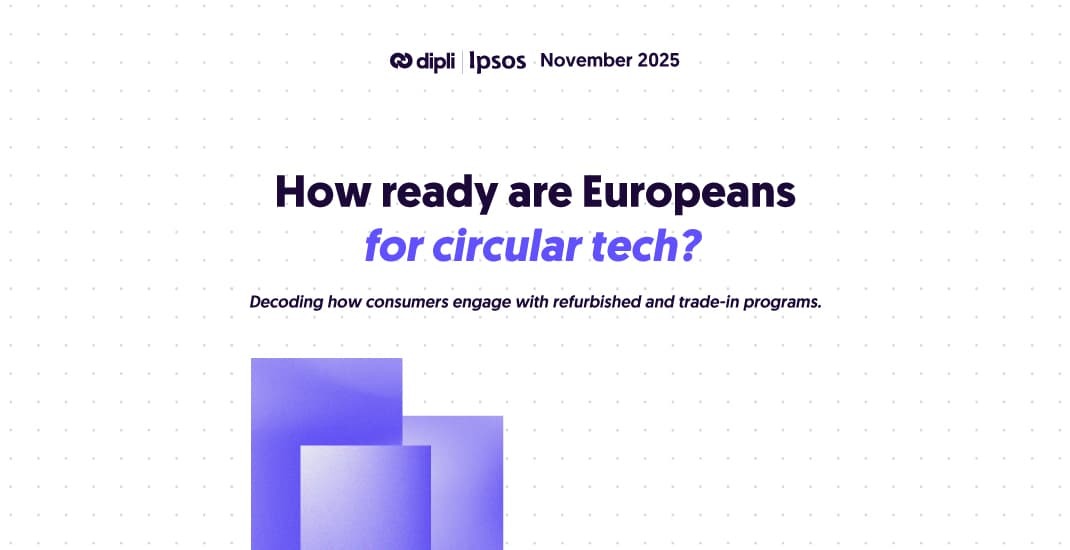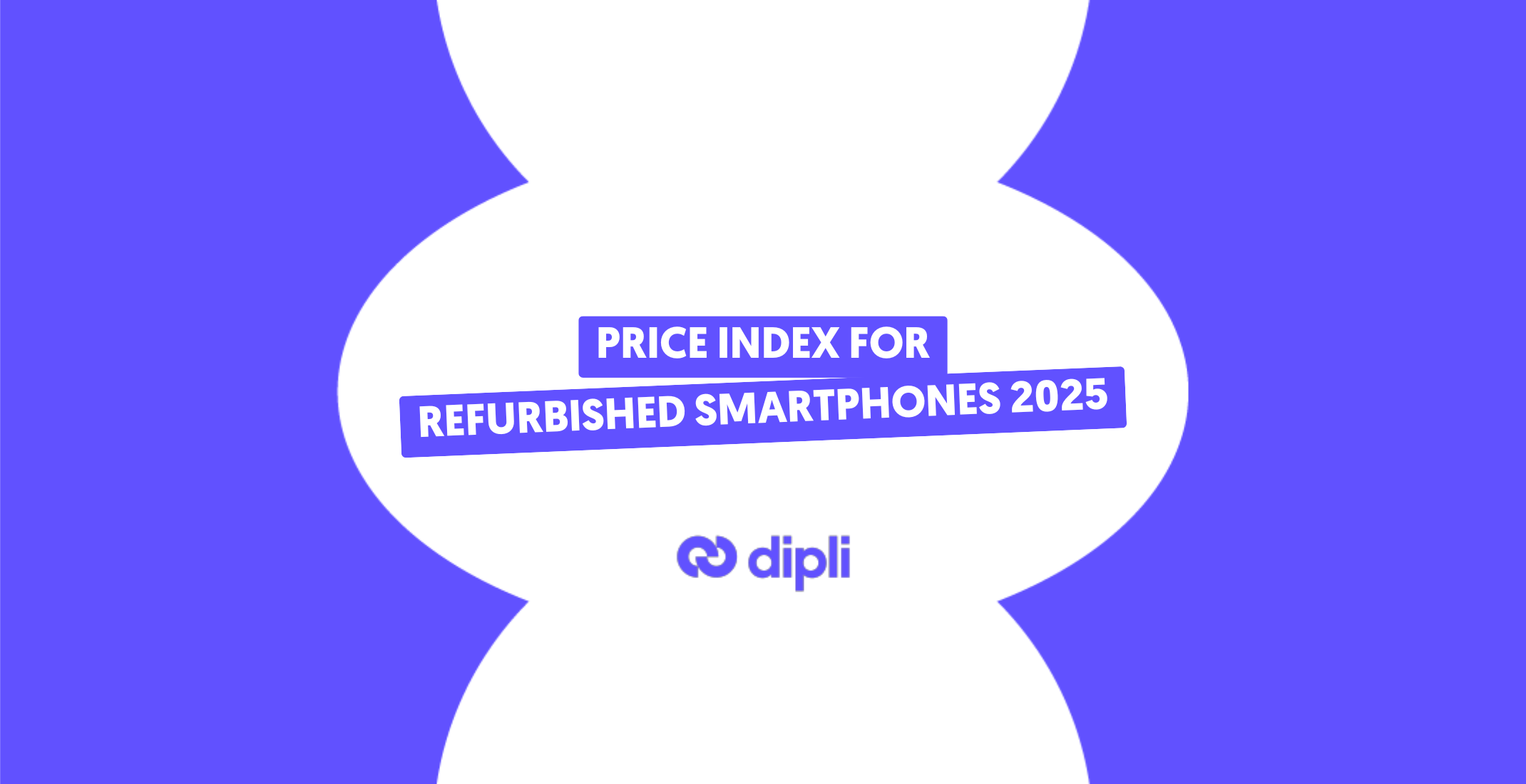Circular economy for professionals: benefits and performance levers
12/08/2025
0 comments

In a context where CSR and economic priorities increasingly align, the circular economy is emerging as a key value-creation accelerator for tech professionals.
Whether you’re a telecom operator, distributor, marketplace, insurance provider, or enterprise, integrating trade-in and refurbishment solutions for electronic devices is a true competitive advantage. It not only extends the life of equipment and reduces your carbon footprint, but also optimizes your supply chain by paving the way for a more sustainable, agile, and cost-effective model.
💡 How can the circular economy become a strategic lever for tech players? How can you combine economic performance with environmental responsibility? Find all the answers in this article.
Why is the circular economy becoming a strategic lever for tech professionals?
1. What does circular economy mean in the tech sector?
The circular economy aims to rethink our production and consumption models by moving away from the linear “produce–consume–discard” approach. It focuses on the entire product life cycle, from manufacturing to end-of-life, by reducing raw material extraction and extending product lifespan through reuse processes (refurbishment, upcycling, reuse, or recycling). As a result, products become more durable and waste generation is significantly reduced.
In the tech industry, the circular economy relies on virtuous loops designed to extend the life of devices through:
- Trade-in programs for obsolete, used, or unused devices, reintegrating them into a reconditioning process that enables resale on the secondary market,
- Distribution programs for refurbished devices,
- Recycling programs for non-functional equipment.
💡 The result: reduced environmental impact, improved supply chain resilience, and significant cost savings—all of which we will explore next.
 Blueprint of circular economy by ADEME
Blueprint of circular economy by ADEME
2. Sustainability and regulation: a turning point for tech professionals
The introduction of the french AGEC law in France in February 2020 has profoundly transformed the telecommunications sector by intensifying more circular practices. From combating planned obsolescence and introducing a durability index to mandating consumer information and offering repair bonuses, the market surrounding telecom carriers compels them to reinvent themselves and become more sustainable. As the race for differentiation begins, telecoms are increasingly implementing trade-in programs or selling refurbished products.
The implementation of the French AGEC law (Anti-Waste for a Circular Economy) in February 2020 marked a major shift in the telecommunications sector, and the tech industry more broadly, by accelerating the adoption of circular practices in electronics.
From combating planned obsolescence and introducing a repairability index, to stronger consumer information requirements and incentives like the repair bonus, this regulation has especially driven telecom operators to reinvent their business models toward greater sustainability.
This momentum is also part of a broader and increasingly demanding environmental context. In 2024, the French eco-organization Ecosystem collected around 847,000 tonnes of waste electrical and electronic equipment (WEEE), with nearly 146,000 tonnes coming from businesses. About 90% of that volume was reused or recycled, a high recovery rate that highlights the key role of the circular economy in reducing e-waste.
💡 As the race for differentiation intensifies to meet both regulatory requirements and evolving customer expectations, tech professionals are adapting by developing their own trade-in and refurbishment programs.
What are the benefits of a strategy that includes circular electronic devices?
1. Cost reduction through trade-in and refurbishment
Trading in and refurbishing electronic equipment allows professionals to optimize their business models by significantly lowering operational costs. Here are the key areas where savings occur:
- Material savings: reuse is far less costly than extracting or purchasing new components.
- Lower waste management costs: by generating less waste, logistics and processing expenses are automatically reduced.
- Value from unsold inventory: since the ban on destroying unsold goods, refurbishment offers a way to generate margin, or even create new revenue streams.
💡 This circular model fits perfectly into a long-term profitability strategy while aligning with evolving regulatory requirements.
2. Extending device lifecycle and its associated benefits
As we have seen, the circular economy significantly extends the lifecycle of electronic devices. This extension brings several positive effects:
- Innovation and competitiveness: offering trade-in programs and/or refurbished products is a clear competitive advantage in a fast-evolving market.
- Improved brand image and customer loyalty: more affordable pricing combined with a visible environmental commitment strengthens brand trust and appeal, especially among customers mindful of their budget and the ecological impact of their purchases.
- Carbon impact reduction: according to an ADEME study, the carbon footprint of a refurbished smartphone is considerably lower than that of a new one, whether in terms of waste produced, water consumed, natural resources used, or CO₂ equivalent emissions.

How to integrate trade-in and refurbishment into a sustainable and profitable model?
1. Assessing your existing infrastructure
Integrating a trade-in and refurbishment program into a circular electronics economy requires a detailed understanding of every link in the refurbished supply chain. This begins with a precise evaluation of your current infrastructure: logistics, traceability, return management, stock recovery, and more. The goal of this assessment is to establish a clear foundation to build a coherent, sustainable, and profitable strategy through the deployment of an optimal, turnkey program.
To support this transition, Dipli offers a full range of trade-in and omnichannel distribution solutions for refurbished electronic devices, including an evaluation of your existing setup. Thanks to our network of qualified buyers and sellers, we facilitate access to high-quality refurbished products and help professionals, especially telecom operators, structure a strong and scalable trade-in offer. Each of our solutions is turnkey and tailor-made to align with your specific constraints, ensuring a seamless integration into your operations.
2. Strategic partnerships and implementation of circular practices
When a device is non-functional (based on the 40-test diagnostic conducted in one of our partner centers), it enters a second life through recycling.
In France, two eco-organizations oversee the WEEE Extended Producer Responsibility (Waste Electrical and Electronic Equipment) sector: Ecosystem and Ecologic. To ensure the responsible handling of non-refurbishable devices, Dipli has established a partnership with Ecosystem for their proper recycling.
Dipli simplifies the second life of electronic products.
An all-in-one tool for distributors, leasing companies, telecom operators and companies to manage the entire value chain in one place.
The platform connects the electronics industry to secondary markets; simply and securely. Trade-in and return management, refurbishment, omni-channel purchasing and distribution: Dipli covers and simplifies all stages of the circular economy.






Comments (0)